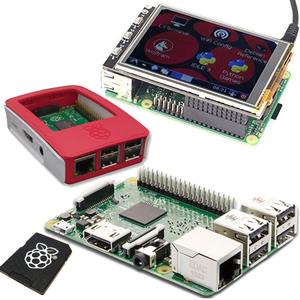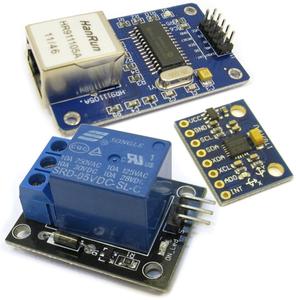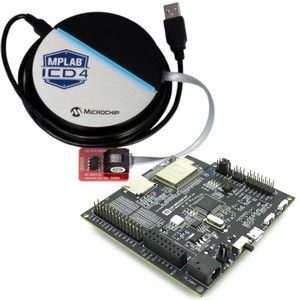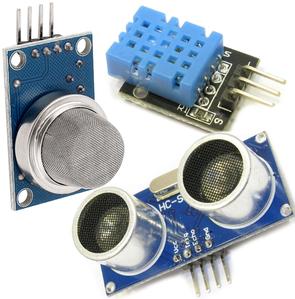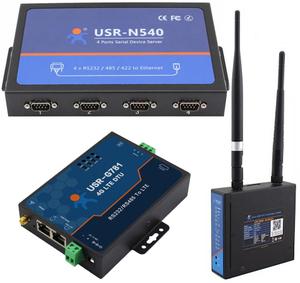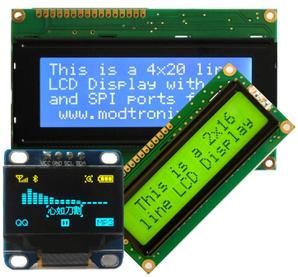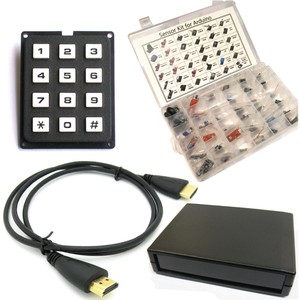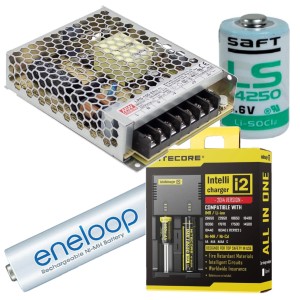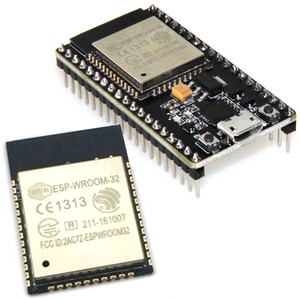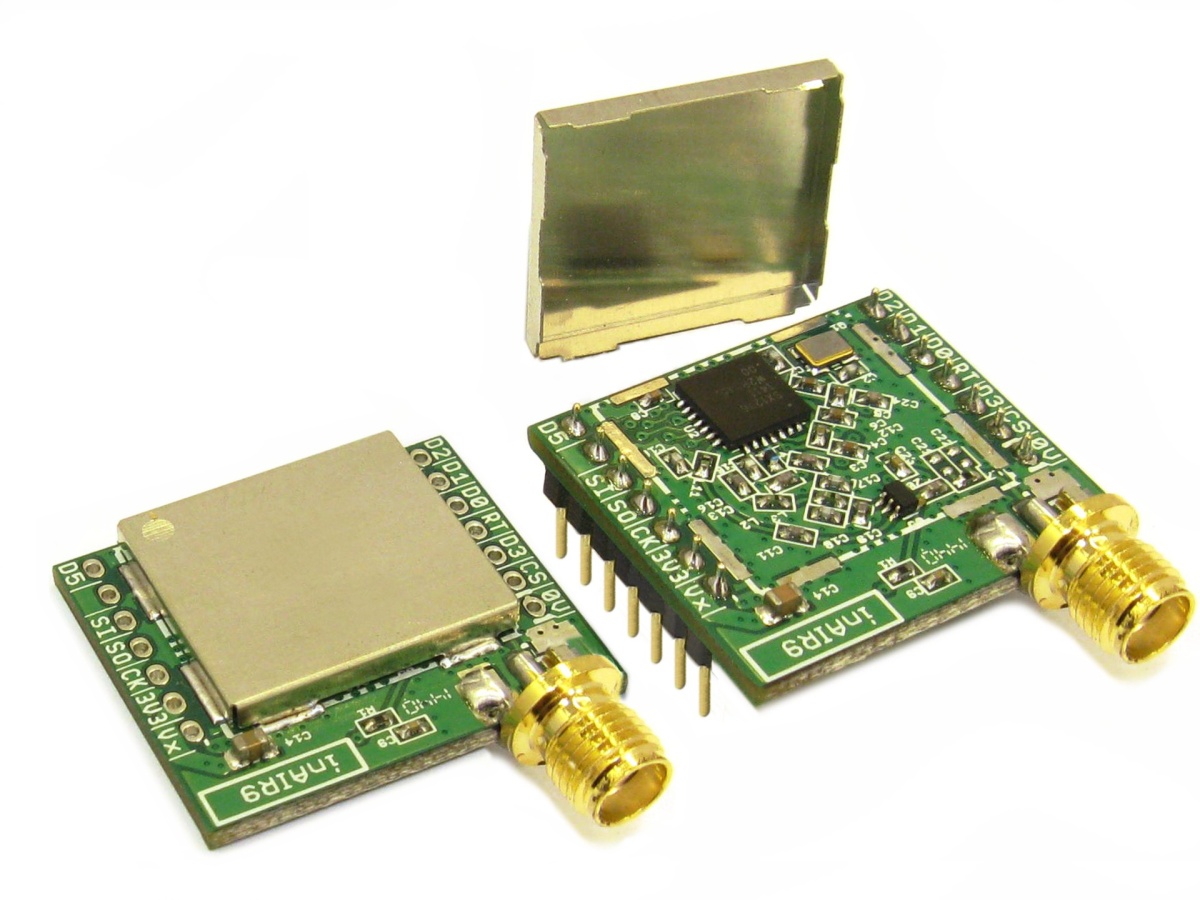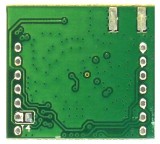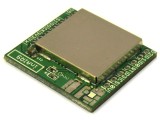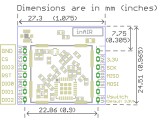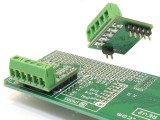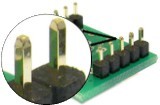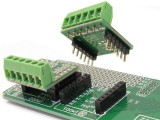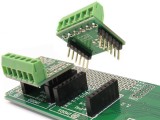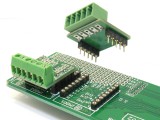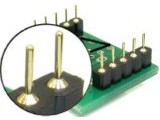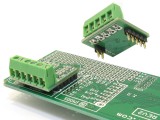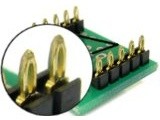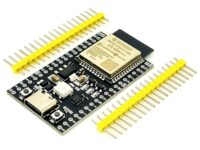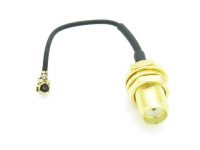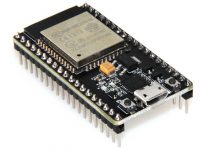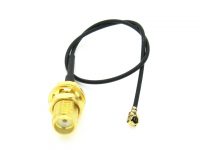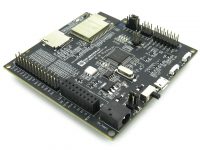No products in the cart.
Modtronix
Wireless SX1278 (SX1276) LoRa Module, 433MHz, 3.3V, SMA Connector
Availability:
Out of stock
SKU: CSC0-080Code: INAIR4
Wireless SX1278 LoRa Module, 433MHz, Very long range for IoT, 3.3V
$16.85
Out of stock
Description
Please note we can not accept returns for this board if you order the wrong board, and order it with pin headers soldered! So, please ensure to order to correct version and frequency from our inAir range of LoRa boards.
The inAir4 is a 433Mhz wireless module using the Semtech SX1278(or SX1276) chip, with a standard SMA connector (for antenna). The frequency is configured in software, and will typically be used for the 430 to 435MHz ISM band(contry dependant). It is part of our iMod product range. The SX1278 is a revolutionary new chip enabling wireless communications at distances up to 15km, using Semtech's LoRa(Long Range) technology. This chip also supports high performance (G)FSK modes for systems including WMBus, IEEE802.15.4g.
This module can be assembled with the SX1276 or SX1278 chip. Both chips are identical when used for 433MHz operation. This module is based on the Semtech SX1276RF1JAS reference designs.
The board is a high quality, RF optimized, 4 layer PCB. It has been designed with assistance from Semtech engineers, ensuring optimum layout and performance! Only brand name, high quality components are used! All capacitors and inductors are high precision parts, resulting in optimized performance. The crystal a very critical component for the SX1278, and is required to be very accurate to achieve high sensitivity. This board uses a high accuracy crystal as recommended by Semtech.
This module will outperform competitor products that use 2 layer PCBs, cheap capacitors and inductors and low accuracy crystals! When choosing a SX1278 module, it is very important to realize that they will NOT all perform the same just because they use the same chip! Designing RF boards is very tricky, and lots of power and sensitivity is lost due to bad PCB design and poor components!
This module enables 3.3V devices (like a Microcontroller for example) to communicate with remote nodes via a wireless protocol. For details on the SX1278 chip, download it's datasheet from www.semtech.com.
A SMA Edge connector (conn-sma-FE16-RG) is mounted on this board. It can however also be assembled with a U.FL connector. Two standard 1x7, 2.54mm (0.1") pin header (or press-fit headers) can be soldered onto this board (position X1 and X2 on board). If required, wires can of course be soldered onto the PCB in stead of pin headers. If required, this module can also be used as a SX1276 breakout board, and wires can be soldered onto the PCB in stead of pin headers.
Bottom View | Top view (without SMA connector) | Dimensions | Schematics (pdf format) |
| Click to enlarge | |||
Features
- Wide Operating voltage from 1.8V to 3.7V
- 153 dB maximum link budget
- +14 dBm high efficiency PA
- Programmable bit rate up to 300 kbps
- High sensitivity: down to -139 dBm (-148 only possible with TCXO)
- Bullet-proof front end: IIP3 = -11 dBm
- Excellent blocking immunity
- Low RX current of 9.9 mA, 200 nA register retention
- Fully integrated synthesizer with a resolution of 61 Hz
- FSK, GFSK, MSK, GMSK, LoRaTMand OOK modulation
- Built-in bit synchronizer for clock recovery
- Preamble detection
- 127 dB Dynamic Range RSSI
- Automatic RF Sense and CAD with ultra-fast AFC
- Packet engine up to 256 bytes with CRC
- Built-in temperature sensor and low battery indicator
- High quality assembly, with brand name, quality components. No cheap, “no name brand” components are used!
- Module dimension: 27.3mm x 24.51mm (1.075" x 0.965")
- RoHS Compliant
- Operating Temperature -40°C to + 85°C
Details
Solder Jumper J1 & RF Switch
Note that solder jumper J1 at the back of the board has to be made to apply power to the RF Switch. Making jumper J1 applies permanent 3.3V power to the RF Switch (U5 in schematic = PE4259).
If solder jumper J1 is not made, power for the RF switch is supplied via iMod port pin 10, marked VS on PCB. This is useful for very low power applications that want to save the 9 to 20uA supply current required by the RF switch. For these applications, power can be supplied(to iMod port pin 10) via a port pin on CPU only when transmitting or receiving.
- Option 1 to power RF Switch:
Make solder jumper J1 on back of board. - Option 2 to power RF Switch:
Ensure solder jumper J1 is NOT made. RF switch can now be powered on/off by applying 3.3V to iMod port pin 10 (marked VS on PCB).
Pin Headers
By default this board is supplied with No Pin Headers! The following additional options can be selected in the "Header Type" Option at the top of the page (below price):
| No Pin Headers No pin header is assembled or included with the board. |
| Loose 3, 4 and 6.0mm Pin Headers Two unsoldered(loose) Pin Headers are supplied with the board for free. The pin(mating) length is 3.0, 4.0 or 6.0mm. The number of pins depends on the iMod board. For most boards two 1x6 pin headers are supplied. |
| 3.0mm Pin Headers Pin headers with 3.0mm long pins are assembled. Select this option if the module is going to be soldered into place. The picture on the right shows an example of an iMod module soldered onto a main board. Header size (2 to 8 pin) depends on iMod board. Many boards will get a 2 pin header on one side, and a 4 or 5 pin on the other. |
| 4.0mm Pin Headers Pin headers with 4.0mm long pins are assembled. Select this option if the module is going to be plugged into a low profile 5.7mm high female socket (2.54mm grid). Header size (2 to 8 pin) depends on iMod board. Many boards will get a 2 pin header on one side, and a 4 or 5 pin on the other. |
| 6.0mm Pin Headers Pin headers with 6.0mm long pins are assembled. Select this option if the module is going to be plugged into a standard 2.54mm female socket. Header size (2 to 8 pins) depends on iMod board. Many boards will get a 2 pin header on one side, and a 4 or 5 pin on the other. |
| Round Swiss Pin Headers Two 6 Pin headers with Round (Swiss) style pins are assembled. Select this option if the module is going to be plugged into female Round (Swiss) Sockets. This is very useful for prototyping! See picture on the right for some examples. Typically the 6 pin female socket (low profile version) can be used for the main board. We stock a range of swiss pin headers, available here. |
| Press-Fit Headers Press-fit type pins are assembled. They can be pressed into 1.00mm holes on a 1.6mm thick (standard PCB thickness) target board. A press-tool might be required for production assembly. Once fitted to the target board, the board is very secure, and can not be removed by hand any more. The picture on the right shows an example of an iMod module mounted onto main board via press-fit connectors. We stock a range of press-fit pin headers, available here. |
Documentation
| Web | Data | ||
| inAir4 Datasheet and Schematics | | ||
| sx1276/sx1278 Datasheet | |
Expansion & Software
The inAir4 module can be used with virtually any Microcontroller that has a SPI port, some free I/Os, and operates at 1.8-3.3V.
For links to example code for Arduino, mbed and Raspberry Pi, click here.
STM32 Microcontrollers
Our NZ32 STM32 Microcontroller boards can be used together with the inAir9 module. The NZ32-SC151 boards is assembled with the STM32L151RC microcontroller (compatible with other STM32L151 and STM32L152 chips). It has a Lithium Polymer battery charger, 3.3V DC/DC regulator, high speed and RTC crystal, LEDs, buttons and circuitry for doing various analog measurements. This board will be followed by alternative versions assembled with the STM32F030R8T6 (low cost), STM32F205RCT6 and STM32F411RCT6 microcontrollers.
mbed Platform
A SX1274 API, and various example projects are available on the mbed.org developer site (search site for SX1276 or SX1278). We will also soon be providing an example project for our STM32 board mentioned above.
LoRaWAN and LoRaMAC
This board can be used together with the STM32 board mentioned above to implement the LoRa WAN protocol. The code is available for free from IBM, just do an internet search for "LoRa WAN in C". At the time of writing this, it was available here.
There is also additional code available on GitHub, to see it click here.
Other
Semtech recently announced that Microchip Technology Inc. adopted Semtech’s long-range LoRa™ RF technology. We still have to perform tests, but it is possible that these modules will be compatible with Microchip's example code. Special versions of this board using Microchip LoRa chips can also be assembled on request (once these chips become available).
What is included
- 1 x iMod module, all surface mount components fully assembled, as shown in picture above. The pin headers and terminal block connector are not assembled!
Package Includes
1 x Item as described above

